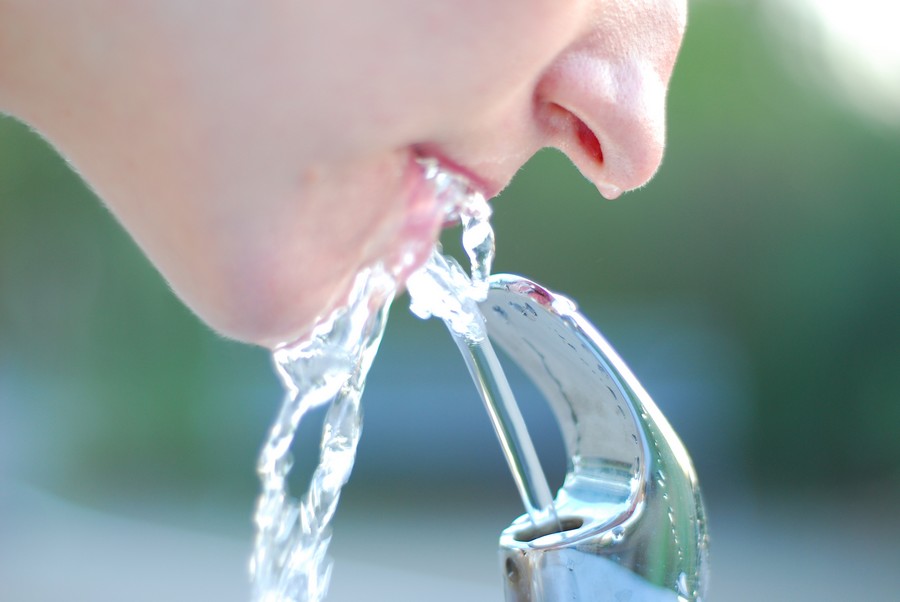From Lewis Blevins, MD – Thirst is really difficult to define. It is best described as a desire to ingest water. This is different from having a dry mouth. Both may, however, occur at the same time. And, having a dry mouth can lead to ingestion of water. The thirst receptors, which seem to respond to changes in osmolality, appear to be located in the anterior hypothalamus. Perception of thirst is related to the changes in osmolality being relayed to our levels of consciousness, wherever that is located, such that the more one is dehydrated the greater the sense of thirst. It is not linear. It is logarithmic. Interestingly, thirst seems to become apparent once vasopressin has exerted it’s maximal effect on the kidney to conserve water.
This makes perfect sense. Thus, vasopressin works for us to conserve water during the day, between periods of access to water, while we are working, etc. and then thirst becomes perceptible to require us to drink water so vasopressin can have something to act on to increase osmolality when we become slightly dehydrated. Thus, thirst is a defense mechanism against dehydration. Most people will start to become thirsty at a serum sodium between 142 and 145 mEq per liter. Most will drink water to maintain a serum sodium at or less than their thirst threshold.
A number of neuropeptides are probably active in the whole process of sensing and perceiving thirst. Of course, once thirst is perceived, the organism must act on it and have the cognition and motor functions as well as freedom to ingest water. Patients with diabetes insipidus who are comatose, disabled, or somehow unable to respond to thirst, are likely to get into trouble if their diabetes insipidus is not treated.
This is most common in the hospital setting where patient with diabetes insipidus may not have access to water, perhaps because they are restrained, or they may have altered consciousness. Some patients, and in particular, those with rupture of an anterior communicating artery aneurysm, surgery in this area, or head trauma, and even tumors of the hypothalamus, may have an inability to sense thirst because of damage to the thirst center.
These patients are said to have adipsia. They require a water prescription. On average, most patients require instructions to drink eight glasses of water daily. Many of them have diabetes insipidus which complicates matters. They are in grave danger of profound dehydration if not managed properly.
Photo by Kate Dreyer
© 2014 – 2015, Pituitary World News. All rights reserved.
